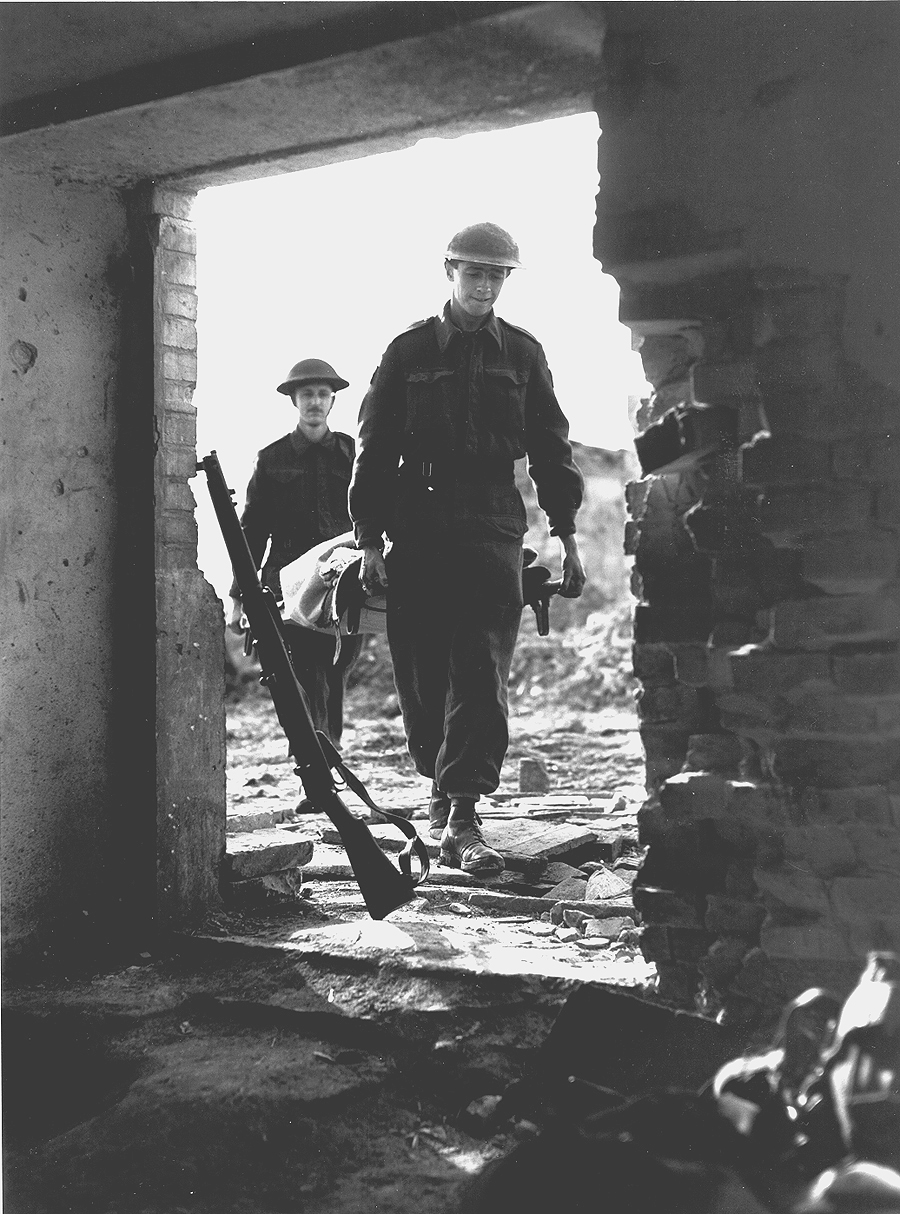In the very early morning of October 13, 1812, Major General Isaac Brock was fast asleep in his bunk at Fort George, on the Niagara Frontier. About 4:00 am he was awakened by the distant thud of cannon fire. He rose in a flash, dressed, mounted his horse Alfred and dashed through the fort gate towards the sound of the guns.
Brock knew that the Americans, who had declared war on Britain in June, would try to invade somewhere along the frontier. Former US president Thomas Jefferson told President James Madison that taking Canada would be a "mere matter of marching.
Brock rode on through the drizzling rain and pall of smoke to the hamlet of Queenston. He was annoyed that it had come to this. Earlier he had won a brilliant, and bloodless, victory over superior forces at the siege of Detroit. He wanted to rout the Americans before they had time to organize but was shackled by the timid policy of Governor George Prevost. The delay had given the Americans time to regroup and now they were on Canadian soil.
Discovering a hidden path to the top of the escarpment, the Americans were able to seize a strategic "redan, an emplacement from which a cannon had been hampering the flow of reinforcements across the river.

|
| Isaac Brock was long remembered as the fallen hero and saviour of Upper Canada (courtesy NAC/C-36181). |
Brock spurred Alfred up the incline to the heights, from where he could see the battle unfolding.
He was forced by American fire to scuttle down the hillside and he took shelter at the end of town and considered what to do. For Brock, whoever controlled the heights would control Upper Canada; if it were lost, the province would be lost too.
It would have been prudent to wait for reinforcements, but Brock preferred to dare. He decided to retake the redan. Brock rallied the men from the 49th Foot Regiment and the Canadian militia.
"Follow me boys", he cried, and headed up the escarpment. On the point of collapse at the edge of the cliff, the Americans rallied and counterattacked. Brock, brilliant in his scarlet coat and plumed hat, his buttons gleaming, must have been unmistakable. (It was a time when the image of a leader was the great Horatio Nelson, standing on deck as the battle raged around him.) A sniper stepped out from behind a bush and fired a musket ball into Brock's chest. Samuel Jarvis rushed over to him and implored, "Are you much hurt sir?"
Brock was dead.
After Brock's aide-de-camp, Lieutenant-Colonel John Macdonell, was mortally wounded in a similar vain assault, Major-General Roger Hale Sheaffe arrived from Fort George with reinforcements. His men included about 100 Six Nations warriors and several escaped slaves who had volunteered at Newark.
Sheaffe had no intention of repeating Brock's frontal assault. In a flanking movement, he led his men around the heights and up the escarpment out of sight of the Americans. The regular soldiers and militia formed a column and began marching towards the Americans, who were now trapped between them and the cliff, while the Six Nations warriors harassed them from the flanks. In a moment reminiscent of the Plains of Abraham, the British line lowered their muskets and fired a deadly volley.

|
| The Battle of Queenston Heights was a critical defeat for the American invaders (NAC/C-276). |
The Americans panicked but had nowhere to run. Behind them was the steep slope of the escarpment and below them the raging current of the Niagara River. Many fell or jumped, while others drowned.
The rest prudently surrendered. When the smoke had cleared, almost 500 Americans were dead and another 1000 were taken prisoner. The victors suffered only 28 killed and 77 wounded - regular, militia and Six Nations.
The province was saved for the moment, but the loss of Brock was irreparable. He was a man of such energy and skill that the subsequent campaigns of the war would have been very different. The citizens of Upper Canada considered his death a public calamity. They built him a grand monument and when it was destroyed by rebels in 1832, they erected an even more magnificent one, the most splendid in the world save for Christopher Wren's pillar marking the great London fire.
The myth of Brock, the savior of Canada, was taught to every school child. The brave Brock saving Canada was a potent image in the fledgling nation. Canada owes its independence to the failure of that invasion in 1812.

 Share on Facebook
Share on Facebook Share on X
Share on X Share by Email
Share by Email Share on Google Classroom
Share on Google Classroom

